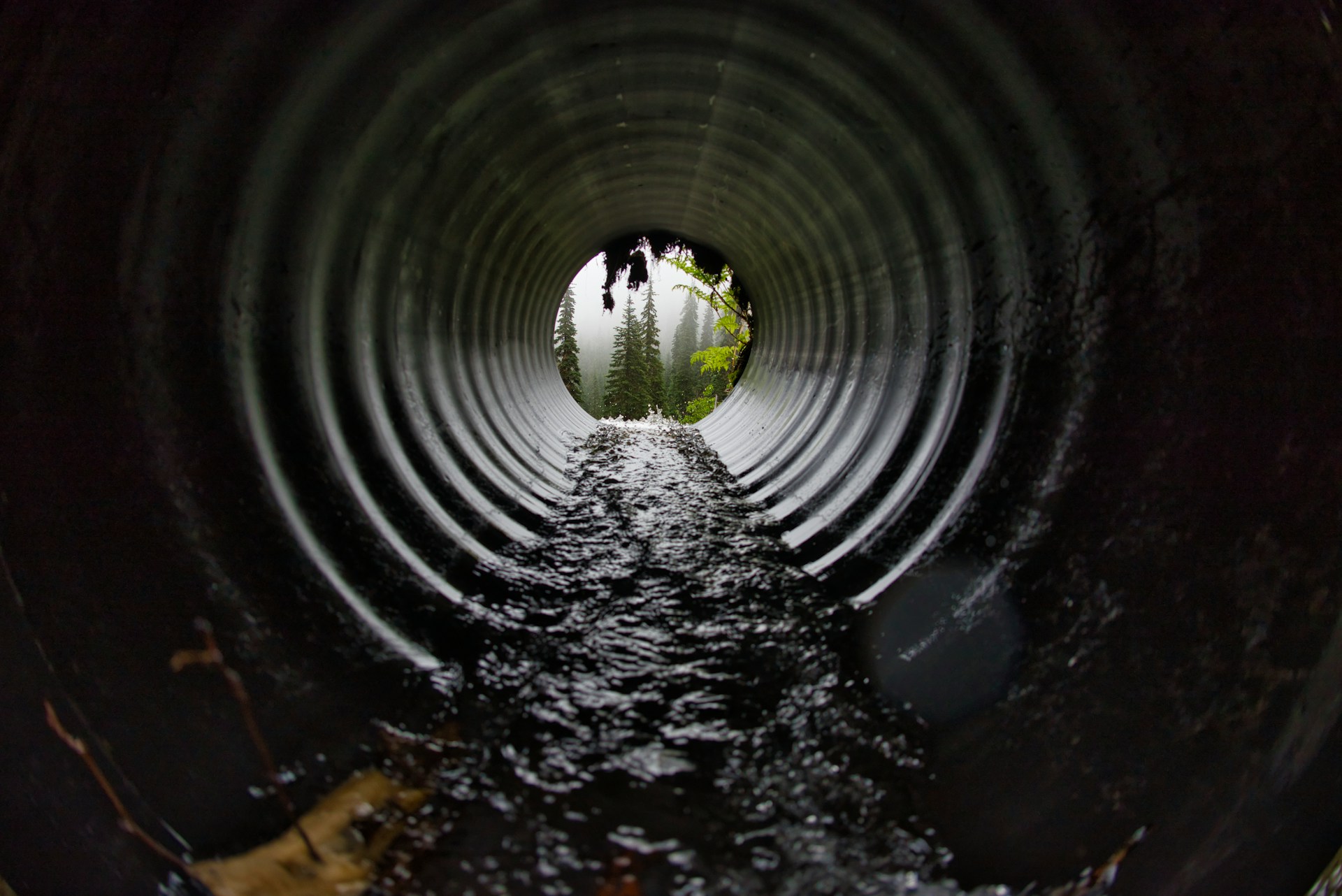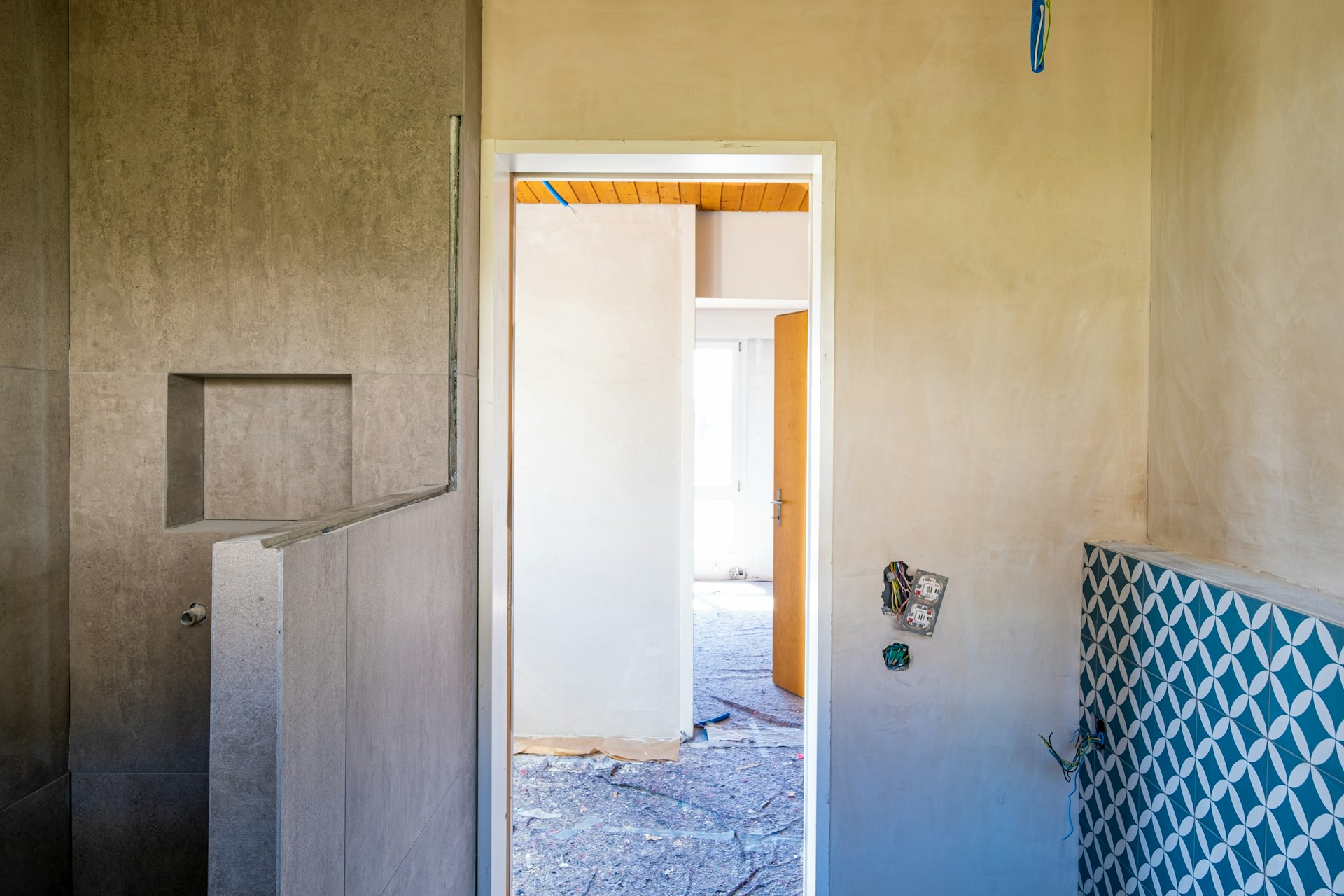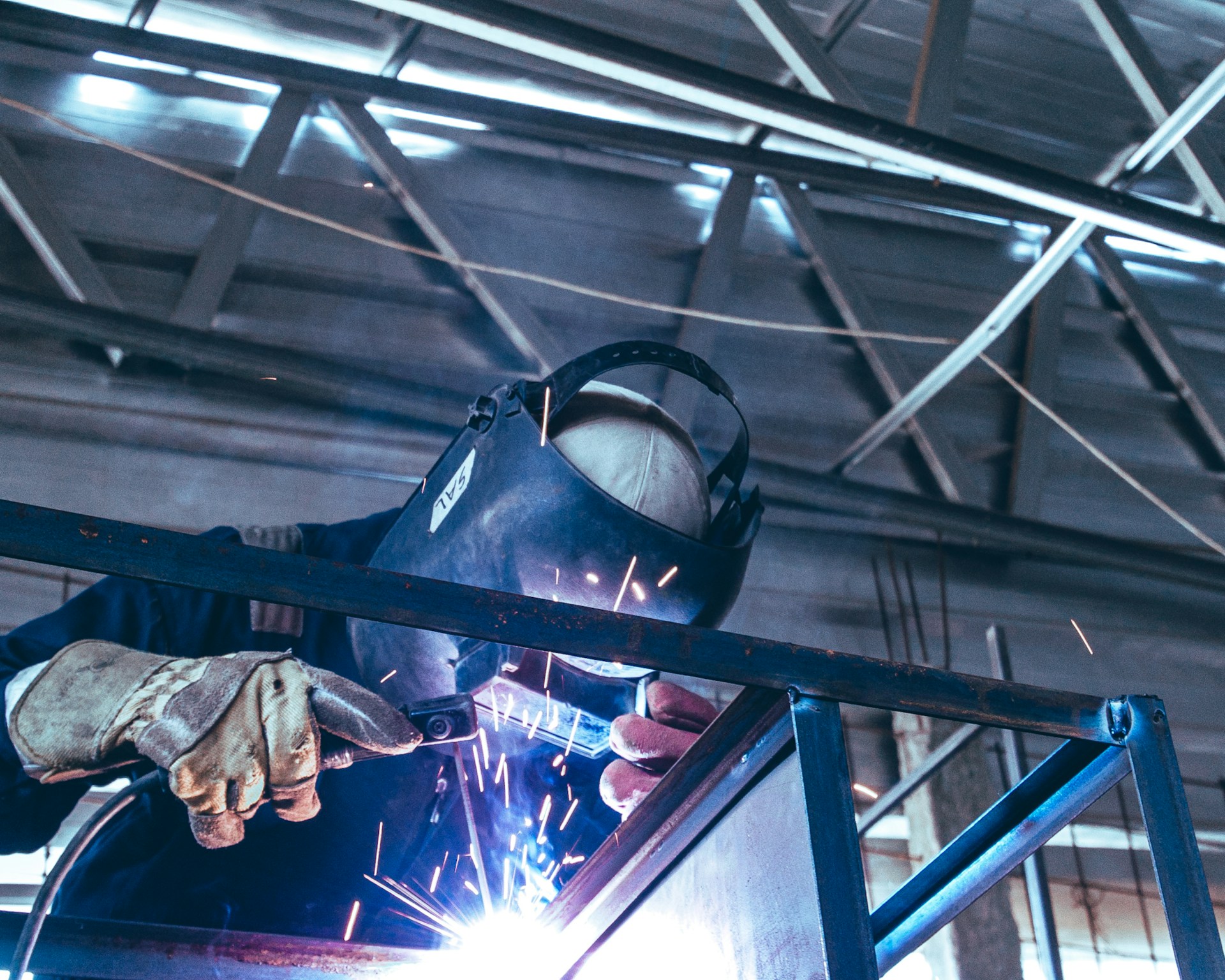When it comes to securing a building against threats, terms like “bulletproof” and “ballistic” are often used interchangeably. While both relate to protection against gunfire, they have distinct meanings that are crucial for anyone investing in protective systems.
Understanding the difference between these concepts is the first step toward choosing the right level of security for your property. This post will clarify the distinction between bulletproof and ballistic materials.
We’ll explore the materials used in protective systems, explain the standards for ballistic testing, and help you understand how these ratings apply to products like a bullet proof window.
Armed with this knowledge, you can make a more informed decision to ensure the safety and security of your assets and personnel.
The Myth of “Bulletproof”
In the security industry, the term “bulletproof” is largely a misnomer. No material is completely impervious to all types of ammunition under all conditions.
Given enough force or repeated impacts from a powerful enough weapon, any material can be breached. For this reason, security professionals prefer the term “bullet-resistant.”
This more accurately describes materials designed to withstand a specific level of ballistic attack for a certain number of shots. The idea is to stop bullets from penetrating a barrier, not to create an indestructible shield.
Using “bullet-resistant” sets realistic expectations. It signifies that the material has undergone rigorous testing and is rated to stop specific calibers, protecting the people and property behind it.
Defining Ballistic Resistance
Ballistic resistance is a material’s capacity to stop a projectile. This capability is determined through standardized ballistic testing, where a material is subjected to gunfire from various weapons and ammunition types. The results of these tests determine its protection level.
Key Factors in Ballistic Resistance
- Material Composition: The type of material—such as laminated glass, polycarbonate, or acrylic—plays a significant role in its ability to absorb and dissipate a bullet’s energy.
- Thickness: Generally, the thicker the material, the higher its resistance. Multiple layers are often combined to enhance protection.
- Ammunition Type: The rating depends on the caliber, velocity, and type of bullet the material can stop.
Common Bullet-Resistant Materials
A variety of advanced materials are used to create protective systems. Each has unique properties, making it suitable for different applications, from bank teller windows to secure government facilities.
- Laminated Glass: This is created by bonding layers of glass with a durable interlayer, typically polyvinyl butyral (PVB). When a bullet strikes, the glass shatters, but the interlayer holds the fragments together, absorbing the projectile’s energy and preventing penetration.
- Polycarbonate: A strong thermoplastic, polycarbonate is lightweight and significantly more impact-resistant than glass. It is often laminated between layers of glass or used as a standalone material. It can stop multiple shots without shattering or spalling (sending fragments flying off the back).
- Acrylic: Another type of plastic, acrylic offers a high level of optical clarity and is lighter than glass. It can be manufactured to different levels of bullet resistance and is commonly used for security windows and barriers.
- Glass-Clad Polycarbonate: This hybrid material combines the durability and scratch resistance of glass on the outer layers with the superior impact resistance of a polycarbonate core. This creates a formidable barrier that is one of the most effective bulletproof materials available.
Understanding Ballistic Testing Standards
For a product to be certified as bullet-resistant, it must pass standardized ballistic testing. In the United States, the most widely recognized standard is from Underwriters Laboratories (UL), specifically UL 752.
UL 752 Protection Levels
UL 752 defines ten levels of protection, each corresponding to a specific type of ammunition and number of shots.
- Level 1: Rated to stop three shots from a 9mm handgun.
- Level 2: Rated to stop three shots from a .357 Magnum.
- Level 3: Rated to stop three shots from a .44 Magnum.
- Level 4: Rated for one shot from a .30-06 rifle.
- Level 5: Rated for one shot from a 7.62mm rifle.
- Level 6: Rated for five shots from a 9mm submachine gun.
- Level 7: Rated for five shots from a 5.56mm rifle.
- Level 8: Rated for five shots from a 7.62mm rifle.
- Level 9: Rated for one shot from a 12-gauge shotgun with a slug.
- Level 10: Rated for one shot from a .50 BMG rifle.
This rigorous testing ensures that a product like a bulletproof window will perform as expected when it matters most.
Choosing the Right Level of Protection
Selecting the appropriate level of ballistic protection depends entirely on the perceived threat level for your specific environment.
Considerations for Selection
- Location: A facility in a high-crime area may require a higher UL rating than one in a quieter, suburban location.
- Business Type: Banks, government buildings, and high-value retail stores often face greater threats and need higher levels of protection (e.g., UL Levels 4-8). Schools, offices, and residential properties might find lower levels (e.g., UL Levels 1-3) sufficient for deterring common threats.
- Local Regulations: Certain jurisdictions may have building codes or regulations that mandate specific levels of ballistic protection for certain types of facilities.
Consulting with a security expert is always recommended to assess your unique vulnerabilities and determine the most appropriate and cost-effective solution.
The Role of Installation
Even the highest-rated bullet-resistant materials will fail if not installed correctly. The framing system that holds the glazing is just as important as the glazing itself.
Essential Installation Components
- Ballistic Framing: The frames for doors and windows must also be rated to the same or a higher UL level as the glass or polycarbonate they hold.
- Secure Anchoring: The entire system must be securely anchored into the building’s structure to withstand the force of a ballistic attack.
- Professional Expertise: Proper installation requires specialized knowledge and tools. Always use a certified installer to ensure your protective systems are integrated correctly and offer the intended level of security.
Securing Your Future
Understanding the nuances between “bulletproof” and “ballistic-resistant” is vital for making sound security decisions.
True protection comes from a system of certified materials—rated through standardized ballistic testing and installed by experts. By evaluating your specific threats and choosing the appropriate UL-rated protective systems.











